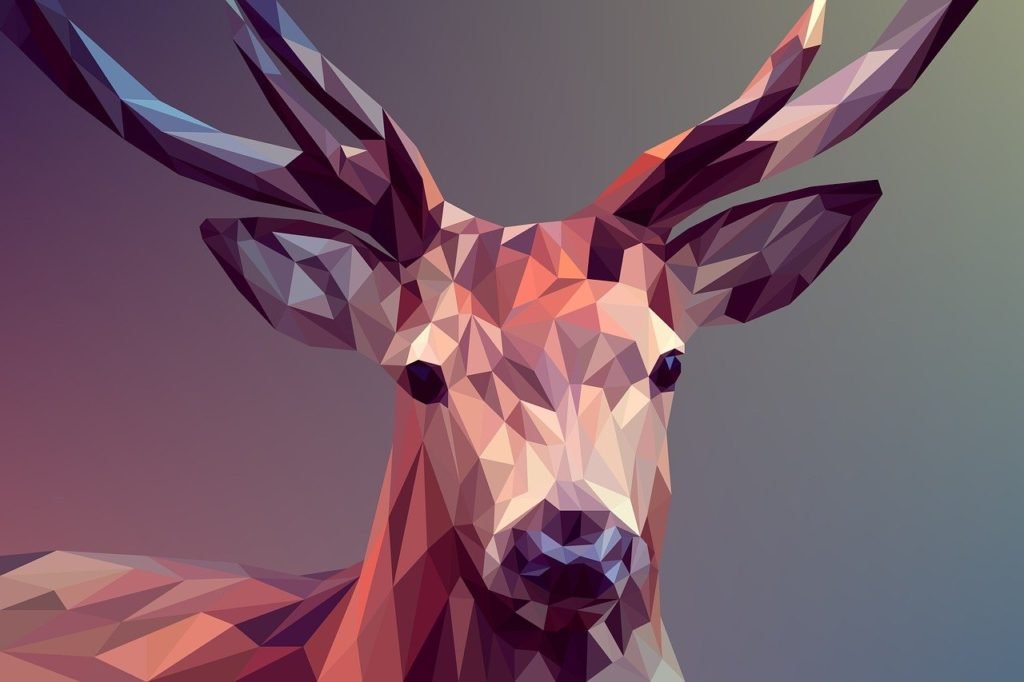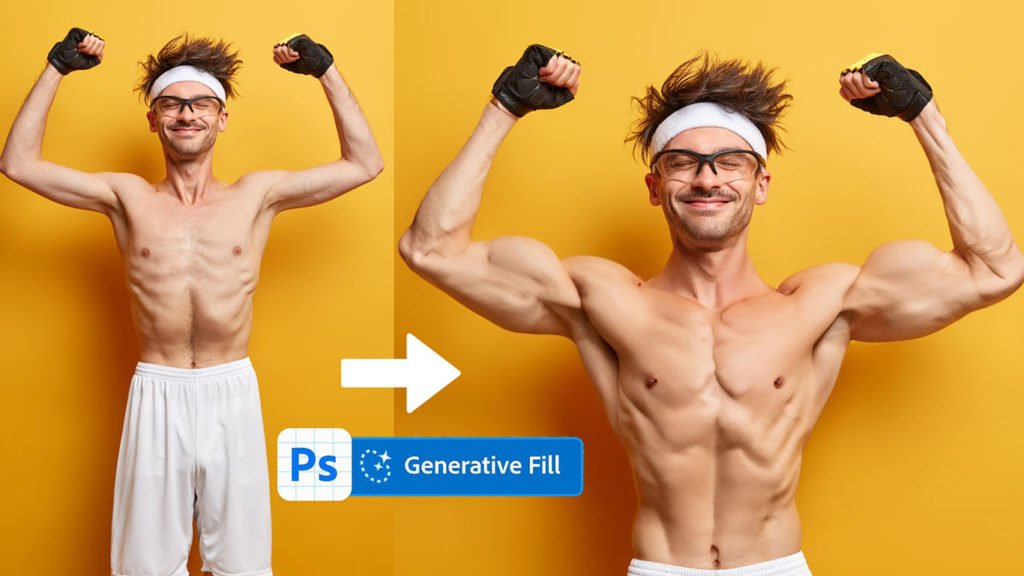Introduction
In today’s fast-paced digital world, advancements in technology continue to shape various industries, and the field of design is no exception. One of the latest developments in design software is the introduction of generative fill, a feature that can automatically generate patterns, textures, and designs based on user input. With Adobe Photoshop’s generative fill feature, designers can now explore new dimensions of creativity and efficiency. This article will explore the potential impact of generative fill on the role of designers, discussing its advantages, limitations, and the future of design.

Advantages of Generative Fill
Generative fill offers several advantages that can significantly benefit designers. Firstly, it saves a considerable amount of time. With just a few clicks, designers can generate intricate and complex designs that would have previously required hours of manual work. This time-saving capability allows designers to focus more on other important aspects of their projects, such as refining ideas or experimenting with different design concepts.
Secondly, generative fill stimulates creativity and inspiration. By providing designers with instant variations and options, the feature acts as a catalyst for new design ideas. Designers can explore different combinations, patterns, and textures, sparking innovative approaches that may not have been considered otherwise. Generative fill serves as a valuable source of inspiration and enables designers to push their creative boundaries.
Another advantage of generative fill is the consistency it brings to design. By automating the creation of repetitive elements, such as patterns or textures, designers can ensure uniformity throughout their designs. This consistency enhances the overall visual appeal and professionalism of the final product, making it a valuable asset for businesses and brands.
Limitations of Generative Fill
Despite its advantages, generative fill also has some limitations that designers should be aware of. One of the main concerns is the lack of human touch and intuition in the generated designs. Designers possess a unique ability to infuse their work with emotions, empathy, and aesthetics that resonate with the intended audience. Generative fill, while efficient, may lack the depth and personal touch that human designers bring to their creations.
Another limitation is the difficulty in achieving specific design requirements. While generative fill can produce impressive designs, it may struggle to meet specific client requests or project objectives. Designers often encounter situations where the client demands a particular aesthetic or style that is not easily replicable by generative algorithms. In such cases, the designer’s expertise and manual intervention become essential.
The Role of Designers in the Age of Generative Fill
While generative fill offers exciting possibilities, it is important to view it as a tool rather than a replacement for designers. Designers can embrace generative fill as a creative aid that enhances their workflow and productivity. By leveraging the capabilities of generative algorithms, designers can explore new design directions, experiment with different options, and iterate rapidly. The role of designers becomes that of a curator, carefully selecting and refining the generated designs to match the project requirements and client expectations.
Designers also play a crucial role in nurturing human creativity and critical thinking. The intuitive understanding of aesthetics, composition, and storytelling is a unique skill possessed by designers that cannot be replicated by algorithms alone. They bring a human touch to design, infusing emotion, empathy, and cultural context into their work. Designers have the ability to create designs that resonate with the target audience on a deeper level, evoking specific emotions and delivering powerful messages.
In addition to creativity, designers must adapt and evolve with technology. Embracing generative fill as a valuable tool allows designers to stay relevant in a rapidly changing industry. By combining their creative expertise with the efficiency of generative algorithms, designers can elevate their work and push the boundaries of design possibilities.
How Generative Fill Impacts the Design Industry
Generative fill has the potential to significantly impact the design industry in various ways. Firstly, it automates repetitive design tasks, saving time and effort for designers. Instead of manually creating intricate patterns or textures, designers can now rely on generative fill to generate a multitude of options quickly. This automation allows designers to allocate more time to strategic and conceptual design, problem-solving, and delivering unique solutions to clients.
Secondly, generative fill shifts the focus of designers towards more strategic and conceptual design thinking. With the repetitive tasks automated, designers can dedicate their energy to higher-level aspects such as understanding client needs, conducting research, and creating innovative design concepts. This shift enables designers to bring more value to their clients by providing well-thought-out designs that align with business goals and user expectations.
Furthermore, generative fill enhances collaboration between designers and machines. Designers can leverage the power of generative algorithms to generate initial design directions or explorations. They can then refine and tailor those designs to align with their creative vision and client requirements. This collaboration between human designers and machines fosters a symbiotic relationship, where the strengths of both parties are leveraged to create outstanding design solutions.
The Future of Design with Generative Fill
Looking ahead, the future of design with generative fill is promising. Rather than replacing designers, generative fill will coexist with them, augmenting their capabilities and expanding the design landscape. Designers will continue to play a crucial role in guiding and curating the output of generative algorithms, injecting their unique insights and creative vision into the design process.
Generative fill opens up new possibilities for exploration and experimentation. Designers can harness the power of algorithms to generate unexpected and innovative design solutions. By embracing generative fill as a creative partner, designers can break free from traditional design constraints and explore uncharted territories, leading to groundbreaking designs that captivate and inspire.
In conclusion, generative fill in tools like Photoshop offers designers a powerful creative aid that saves time, stimulates inspiration, and enhances consistency. However, it is important to recognize that generative fill does not replace the role of designers. Designers bring irreplaceable human touch, intuition, and critical thinking to design, making their expertise invaluable. The future of design lies in the coexistence of designers and generative algorithms, where collaboration and innovation thrive.
FAQs (Frequently Asked Questions)
- Can generative fill completely replace the role of designers? Generative fill is a powerful tool that automates certain design tasks, but it cannot replace the role of designers entirely. Designers bring a unique blend of creativity, intuition, and critical thinking to the table. They have the ability to understand complex client requirements, infuse designs with emotion and empathy, and think strategically. Generative fill can assist designers and streamline certain processes, but the human touch and expertise of designers are irreplaceable.
- Will generative fill make design jobs obsolete? Generative fill may impact certain aspects of design jobs, particularly in automating repetitive tasks. However, it also opens up new avenues and possibilities for designers to explore. As technology evolves, the role of designers will adapt and evolve as well. Designers will continue to provide strategic thinking, conceptualization, and creative solutions that machines cannot replicate. The demand for skilled designers who can leverage generative fill as a tool will remain high.
- How can designers embrace generative fill without compromising their creativity? Designers can embrace generative fill by viewing it as a creative aid rather than a replacement for their skills. They can leverage generative fill to generate initial design concepts, explore new possibilities, and save time on repetitive tasks. Designers can then infuse their creativity, intuition, and critical thinking into refining and curating the generated designs, adding their unique touch and ensuring they align with the project goals and client requirements.
- What are the ethical considerations of using generative fill in design? Ethical considerations arise when using generative fill, particularly in terms of copyright infringement or using pre-existing designs without proper attribution. Designers should be mindful of the sources and rights associated with generative fill outputs. Additionally, it is crucial to maintain transparency with clients and stakeholders regarding the use of generative fill in the design process, ensuring that their expectations and requirements are met while adhering to ethical standards.
- How can designers stay relevant in the age of generative fill? Designers can stay relevant in the age of generative fill by embracing it as a tool and continually honing their creative and critical thinking skills. They should focus on aspects of design that machines cannot replicate, such as understanding human emotions, cultural context, and delivering unique experiences. Designers can also explore emerging design trends, collaborate with other professionals, and stay updated with the latest advancements in design technology to remain competitive and valuable in the industry.


